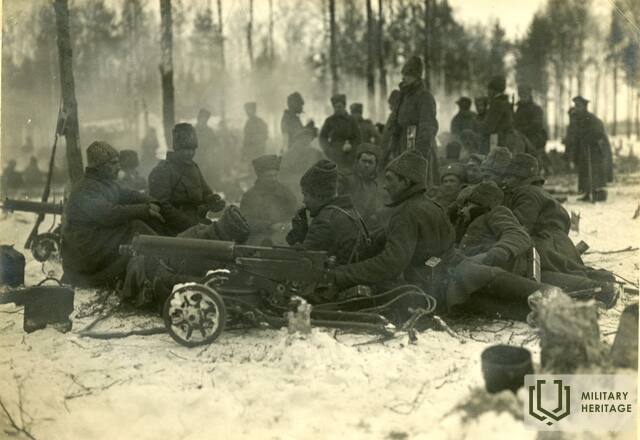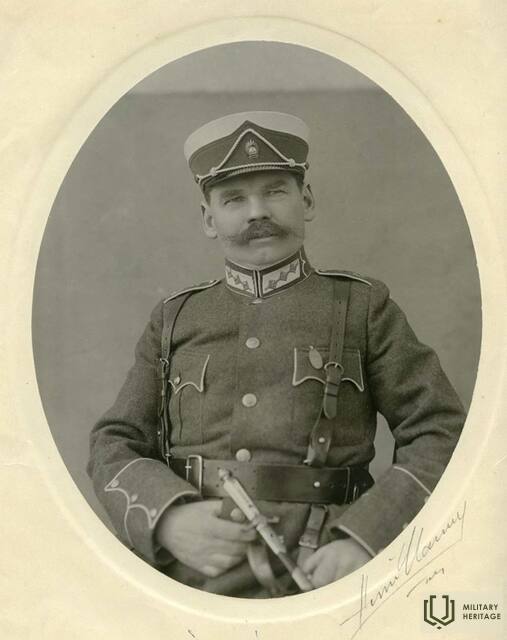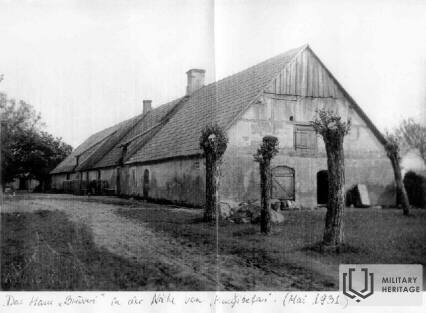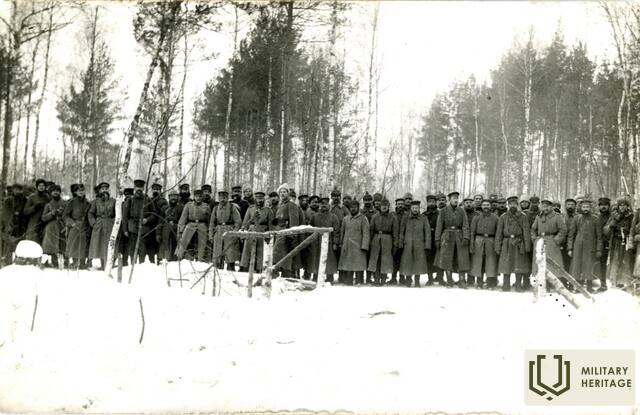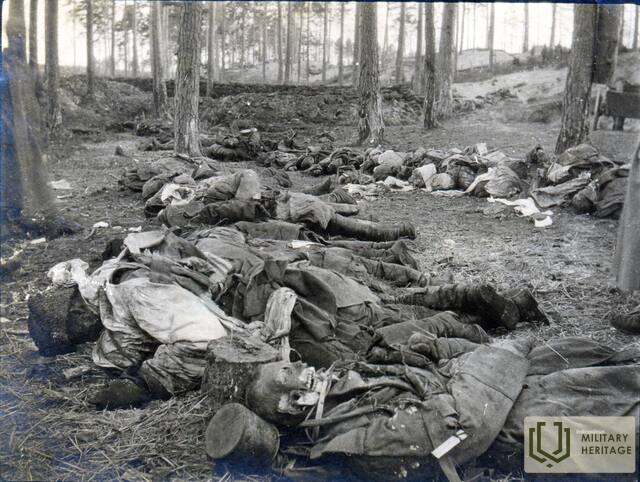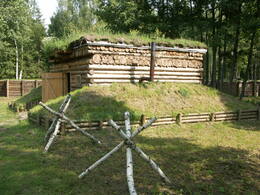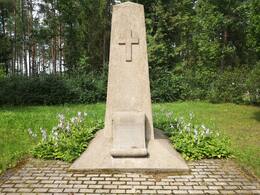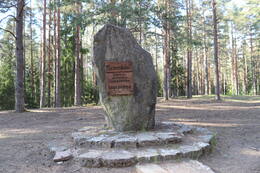Ein Eintrag im Tagebuch des Augenblicks, in dem Soldaten lernen, sich auf die Weihnachtsschlachten vorzubereiten.
Lettische Schützen und ihre Offiziere wurden in letzter Minute über den Beginn der Schlacht informiert. Rūdolfs Ivanovs, ein Unteroffizier des 5. Lettischen Schützenregiments von Zemgale, beschrieb am letzten Abend vor Beginn der Schlacht im Tagebuch. Ein kurzer, aber heller und authentischer Text, der einen sehr wichtigen Moment für einen Soldaten zeigt - erfährt mehr über den Tag der Schlacht.
"Uns wurde heute Morgen gesagt, dass morgen um 5.00 muss zum Angriff gehen. Diesmal werden alle acht lettischen Schützenregimenter getroffen. Wir begannen, uns auf unsere bevorstehende Aufgabe vorzubereiten. Die erste Aufgabe bestand darin, saubere Kleidung zu verstauen und all die anderen Extrasachen in ihre Taschen zu packen. Wir haben die Tüten mit den Adressen unserer Hausfrauen versehen und dem Leiter unseres Juweliergeschäfts zur Aufbewahrung übergeben. Ich gab meinem Mann auch das Dolchholster und behielt nur ein Gewehr mit einem nackten Dolch, eine Granatentasche und eine Anti-Gas-Maske. Wir haben unsere übliche Norm zweimal ergänzt, weil wir zusätzliche Brustpatronenbeutel voller Patronen erhalten haben. Dann wurde das Bajonett auf einem Ziegelstein oder Stein angespitzt, aber wir schrieben Briefe an die Hausfrauen über alles, vielleicht schrieben wir die letzten Grüße, weil wir nicht wussten, wo und unter welchen Bedingungen wir morgen auf dem Schlachtfeld sein würden. Untereinander, unter den Angehörigen der engsten Kämpfe, haben wir uns gegenseitig die Adressen anvertraut: Wenn sich jemand entschließt, unsere Reihen auf dem Schlachtfeld zu verlassen, sollten die Überlebenden dies den Angehörigen oder Verwandten der Gefallenen melden.
https://www.sargs.lv/lv/pirmais-pasaules-kars/2015-12-08/ziemassvetku-kaujas-latviesu-strelnieku-atminas
Zugehörige Zeitleiste
Zugehörige Objekte
Museum der Weihnachtsschlachten
Das Museum befindet sich im Haus „Mangaļi“ in der Gemein de Valgunde, Region Jelgava, und ist eine Zweigstelle des lettischen Kriegsmuseums. Es wurde 2005 am Ort der Weih nachtsschlachten des Ersten Weltkriegs eröffnet. An den Schlachtorten sind noch heute einzigartige Befestigungen aus dem Ersten Weltkrieg erhalten. Die Freilichtausstellung des Museums der Weihnachtsschlachten rekonstruiert einen Teil des Befestigungssystems – den Unterstand und einen Teil der ersten deutschen Verteidigungslinie – den „deutschen Wall“, der das einzige Objekt seiner Art im Baltikum ist. Die Weihnachtsschlachten sind eines der bekanntesten und dramatischsten Ereignisse des Ersten Weltkriegs in Lettland. Sie nehmen einen besonderen Platz in der lettischen Militär- und Kulturgeschichte ein. Sechs Tage lang wurde heftig gekämpft, was zu schweren Verlusten führte. Die Schlachten sind vor allem mit dem Angriff der lettischen Schützen auf die deutsche Armee verbunden, der unter besonders harten und ungünstigen Winterbedingungen stattfand. Dies ist ein beispielloser Fall, in dem eine größere Kampfhandlung ohne Artillerieunterstützung durchgeführt wurde. Heute beherbergt das Museum Artefakte, die auf den Schlachtfeldern gefunden wurden. Die Innenausstellung ist zu bestimmten Zeiten geöffnet, während die Außenausstel lung der Festungsanlagen täglich geöffnet ist. In der Um gebung wurden touristische Routen und Naturlehrpfade angelegt.
Weihnachtsschlachtdenkmal auf dem Brüderfriedhof von Antinu
Das Hotel liegt im Stadtteil Babīte, am Straßenrand in der Nähe des ehemaligen Antiņi-Hauses und des alten Medikamentenlagers.
Der Friedhof der Soldaten von Antiņi oder Tīreļi wurde während des Ersten Weltkriegs angelegt. In der Gegend befanden sich die Verteidigungsstellungen der Armee des Russischen Reiches. Im Jahr 1917, während der Weihnachtsschlachten, befanden sich in der Nähe das Hauptquartier des 5. lettischen Schützenregiments Zemgale und eine Krankenstation mit einem Medikamentenlager.
In der Nacht zum 5. Januar 1917 wurden im Licht von acht riesigen Freudenfeuern 105 Kämpfer des 5. Lettischen Schützenregiments Zemgale in militärischer Ehre bestattet. Sie fielen im Kampf gegen die deutsche Wehrmacht oder starben an Verletzungen. Die Trauerfeier wurde von Regimentskommandant Jukums Vācietis geleitet. In späteren Jahren wurden auch Soldaten anderer Einheiten der russischen Armee auf dem Friedhof begraben. 1925 wurde auf dem Friedhof ein Denkmal für den Architekten Eizen Laube enthüllt und das Gelände landschaftlich gestaltet. Angaben zu den 3.800 auf dem Friedhof begrabenen Soldaten finden sich an vielen Stellen, müssen aber als unwahrscheinlich und unbestätigt eingeschätzt werden.
Ložmetējkalns (Haubitzenberg) im Moor Tīreļpurvs
Ložmetējkalns (Haubitzenberg) liegt in der Gemeinde Valgun de, Region Jelgava, in der Nähe der Autostraße A9. Es ist ein Schlachtfeld aus dem Ersten Weltkrieg und das einzige kultur historische Schutzgebiet von nationaler Bedeutung in Lettland. Ložmetējkalns (Haubitzenberg) liegt auf der Langen Düne, einem Teil des Dünenrückens Nordeķi-Kalnciems. Der Name stammt aus der Zeit, als sich hier uneinnehmbare Festungs anlagen der deutschen Armee befanden, die mit schwerem Maschinengewehrfeuer verteidigt wurden. Die Weihnachtsschlachten sind eines der bekanntesten und dramatischsten Ereignisse des Ersten Weltkriegs in der lettischen Geschichte. Im Jahr 1917 griffen die lettischen Schützen und sibirische Einheiten der russischen Armee Ložmetējkalns (Haubit zenberg) an und eroberten es, wobei sie mindestens 600 Feinde und wertvolle Trophäen erbeuteten. Die Schützen glaubten, dass ihnen die Ehre der Eroberung der Hochebene gebührte. In der Umgebung des Ložmetējkalns (Haubitzenberg) befinden sich Gedenksteine und andere Zeugnisse der Schlachten, die hier stattgefunden haben. Jedes Jahr im Januar finden in der Umgebung von Ložmetējkalns (Haubitzenberg) Gedenkveran staltungen zur Erinnerung an die Weihnachtsschlachten statt. Heute ist Ložmetējkalns (Haubitzenberg) zu einem Symbol für das Heldentum und das Gedenken an die lettischen Schützen geworden. Ein 27 Meter hoher Aussichtsturm bietet einen Pa noramablick auf die Schauplätze der Weihnachtsschlachten.




